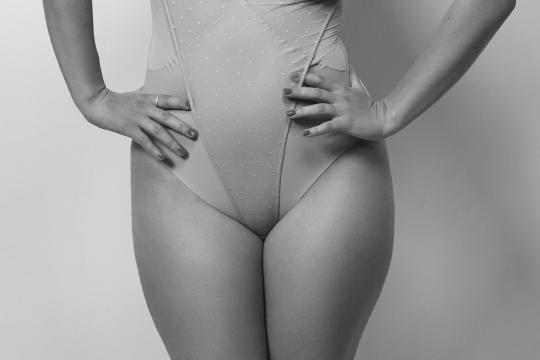How long does it take to recover from a thigh lift?
Your surgeon will let you know how long it will be before you can return to your normal level of activity and work. Your surgeon will also give you and your caregiver detailed instructions about your postoperative care after your surgery, including information about:
- Drains, if they have been placed
- Typical symptoms you will experience
- Potential signs of complications
Follow all the patient care instructions your surgeon provides. This includes information about wearing compression garments and the level of activity that is safe for you. Your surgeon will alert you to the signs of problems to watch for, such as signs of infection. It is also important to know that the amount of time it takes for recovery varies greatly among individuals.
See options for short-term recovery locations in aftercare & recovery.
What can I expect immediately after my thigh lift procedure?
- As the anesthesia wears off, you may feel dizzy, disoriented, and nauseous. These sensations should pass within a few hours, although some types of oral pain medications may cause these symptoms to recur.
- If you return home the same day, you will need someone to drive you. Depending on the extent of your procedure, you may have to spend a night or two in the hospital recovering from surgery.
- Immediately following your thighplasty, your thighs may feel very sore or tender. You can control any pain you feel with pain medications. If your pain is extreme or long-lasting, contact your aesthetic plastic surgeon.
- Your surgeon will cover your incision site with a dressing to keep the area clean and protected. You will also need to wear a wide elastic compression garment to reduce swelling and provide support to the skin as it tightens. You will wear this garment for several weeks.
- Depending on the extent of your thigh lift, you may have tubes in your incision to drain away fluid. Your surgeon will ask you to empty the drains a few times a day and keep track of how much fluid comes out. Drains are usually removed from three to fourteen days after your surgery, depending on how much fluid is coming out.
- Your surgeon should provide you with detailed instructions for managing your drains, changing your bandages, and showering during recovery. You also may need to put ointment on your incisions to reduce discomfort.
- Common side effects associated with a thigh lift include bruising and swelling. These side effects usually subside in one to three weeks as your body adjusts to the new contours and the incisions heal.
- The first few days after surgery, you should rest. Remember, you must not take aspirin or certain anti-inflammatory medications. To prevent coughing and bleeding, do not smoke after your procedure. Do not drink alcohol for five days after surgery or while you are taking pain medication.
- Arrange for someone to help you get around the house and help with your medication for at least the first two days after surgery.
- Call your surgeon immediately if you notice an increase in swelling, pain, redness, drainage, or bleeding in the surgical area, or if you develop fever, dizziness, nausea, or vomiting. Other red flags include shortness of breath, chest pains, and an unusual heartbeat.
What can I expect during the first few weeks of my thigh lift recovery?
- Follow your surgeon’s instructions carefully. The first two days are the most uncomfortable, so if you have to take medications at certain times, stay on the schedule. Discomfort typically drops down to a "nagging" level by five to seven days.
- The first few weeks are a critical period for healing. You should watch for any signs of infection and call your surgeon immediately if you have concerns.
- The pull of gravity and the actions of walking, sitting, and bending puts stress on the sutured areas, so you should make careful and deliberate movements.
- You will likely have a follow-up with your surgeon within five days. During this visit, your surgeon can remove your drains.
- If you have traditional sutures, you will typically have these removed within the first week or two (absorbable sutures will not have to be removed).
- Plan to take about two weeks off from work, depending on the physical demands of your job.
- Make an effort to ease back into your normal routine gradually rather than all at once. During the first ten to 14 days you should only engage in light activities.
- Your recovery period will be longer if you pair your thigh lift with a lower body lift.
What can I expect after the first few weeks of my thigh lift recovery?
- You may need to wear a compression garment for the first month to optimize contouring of the thighs. Wearing your compression garment as directed reduces the likelihood of loose or sagging skin after an thighplasty. The compression garment also helps to control swelling, resulting in a shorter recovery period.
- Swelling should subside in three to five weeks.
- You may resume driving and walking for exercise after the first two to three weeks, when these activities do not cause pain.
- Avoid heavy lifting and jogging for six to eight weeks.
- After several months, you can start evaluating the aesthetic outcome of your thigh lift surgery.
- Fading and flattening of scars typically take three months to two years.



